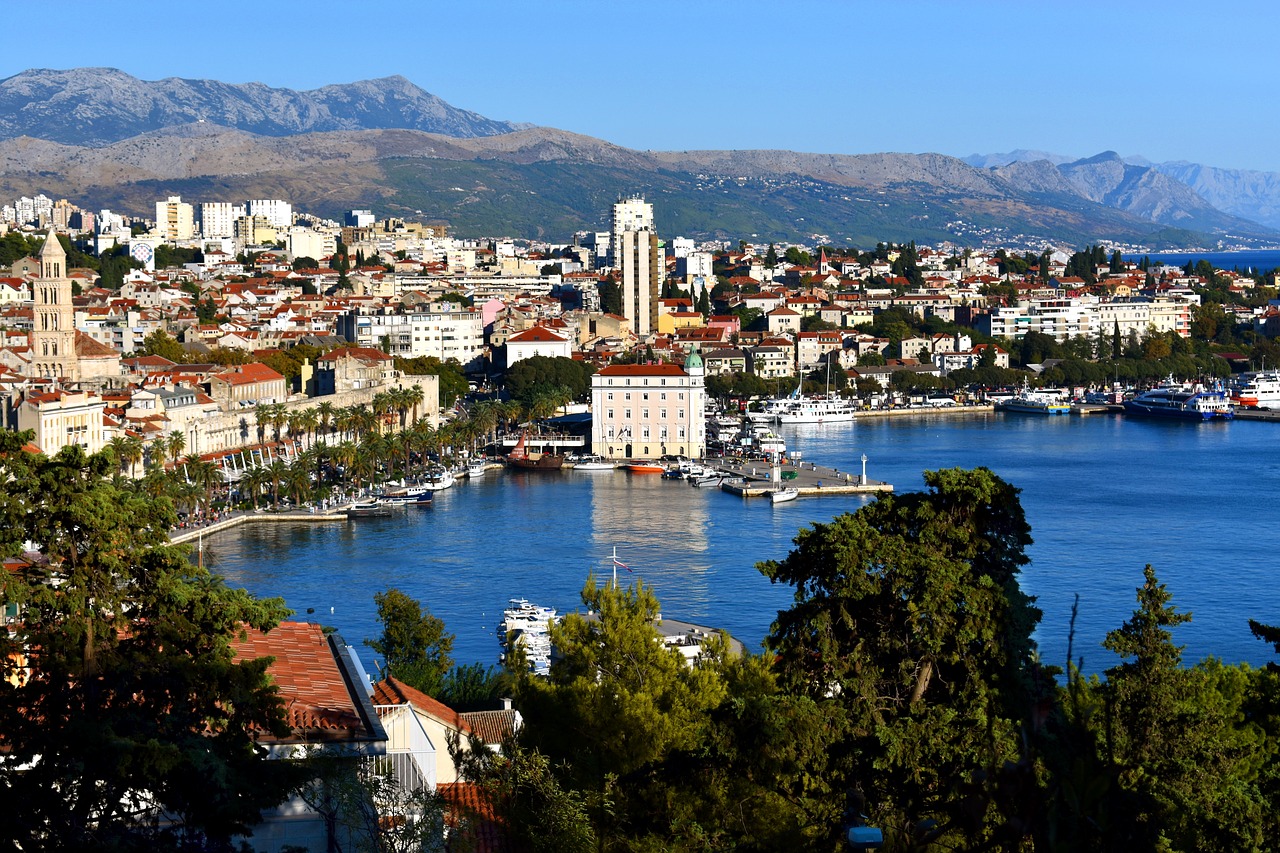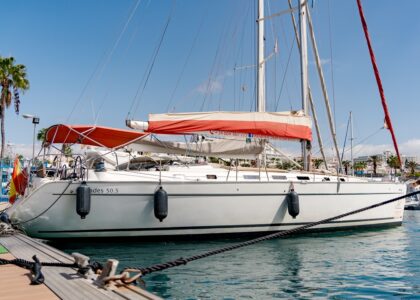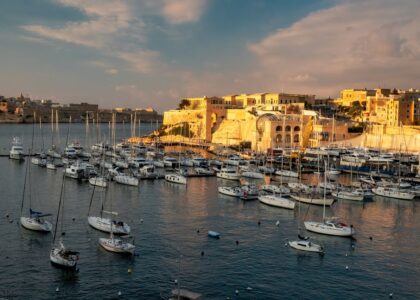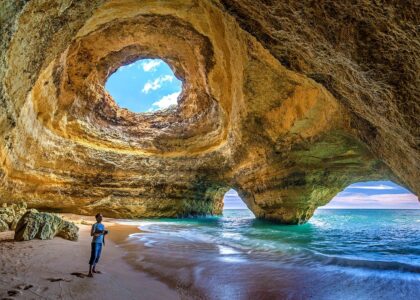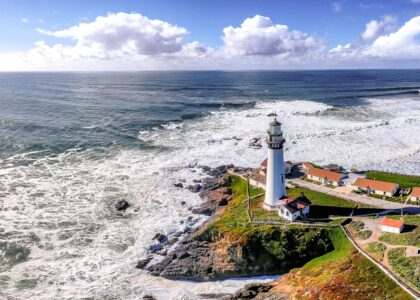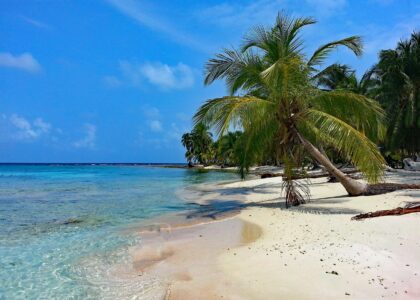Croatia is a beautiful small country bounded by Slovenia to the northwest, Hungary to the northeast, Serbia to the east, Bosnia-Herzegovina and Montenegro to the southeast, and the Adriatic Sea to the west and southwest. Topographically, Croatia can be divided into three regions. The barren, rocky mountains of Dalmatia are part of the Dinaric Alps and extend through the center of Croatia. Therefore, because of its natural beauty, Croatia is a must-visit destination.
Below are some of the tips you must know if you are planning to visit Croatia for the first time. Further, you can book your private tours to Croatia for hassle-free holidays.
Going to Croatia
Zagreb Airport is the most common entry point for international flights into Croatia. UK travelers can get there via Croatia Airlines or Wizz Air. Flights into Croatia tend to be expensive, so the most common means of travel for mainland Europeans is by train. You can also enter the country from Italy by ferry, which can be picturesque and entertaining but very slow.
Best times to travel to Croatia on Holiday
The established tourist season in Croatia is from April to September; winters are very cold and unpopular for travelers. September may be the best month to visit, as the crowds and heat are over with but the sea is still warm. September visits also let you take advantage of off-season rates.
Zagreb is likely to be nice during September and the cultural season is in full swing at this time. May and June are also ideal times for all outdoor activities (except skiing).
July and August are peak months to visit Croatia.
If a summer trip fits better into your schedule, you will be able to take advantage of extra ferries as well as the season’s organized sightseeing and adventure excursions. July is also the most popular month for festivals in Croatia.
Getting around Croatia
Short flights are available from Zagreb to other parts of the country, but these are costly and not widely used. The best transportation is generally the bus system, which is extensive, reliable, and reasonably priced. Trains are more comfortable than Croatian buses and are sometimes less expensive, but trips are offered less often. There may be only one or two trains per day for a particular route, which makes planning more difficult.
Larger cities offer all of the standard car rental chains, although car rental is slightly more expensive compared to other countries. Traffic is on the right side of the road; to rent a car you must be 21 and have held your license for at least a year. If you need roadside assistance, the Croatian Auto Club Emergency Service can be called for help at 987.
Ferries offer commutes between major coastal cities, and while their speed tends towards the dignified and sedate, the refreshing air and views trump a bus ride every time.
Accommodations in Croatia
Advance planning is usually not required for accommodations in Croatia. In well-visited areas, it is usually not difficult to find accommodations in a private guesthouse, called a pension, which is less expensive than even moderately-priced hotels. However, private owners may charge more for a stay of fewer than 4 nights. You can also pre-contact Croatia travel agencies to book your hotel and itineraries.
Don’t wait, travel to Croatia, visit Croatia, spend your holiday in Croatia, and enjoy.

